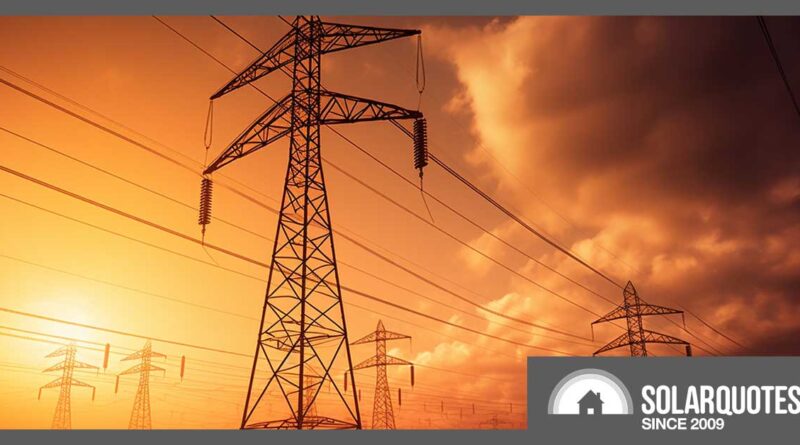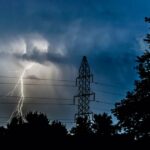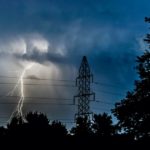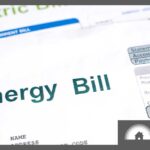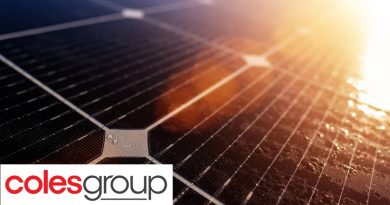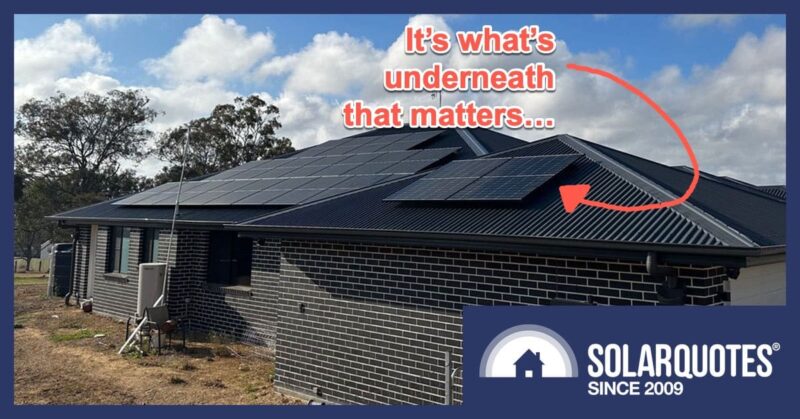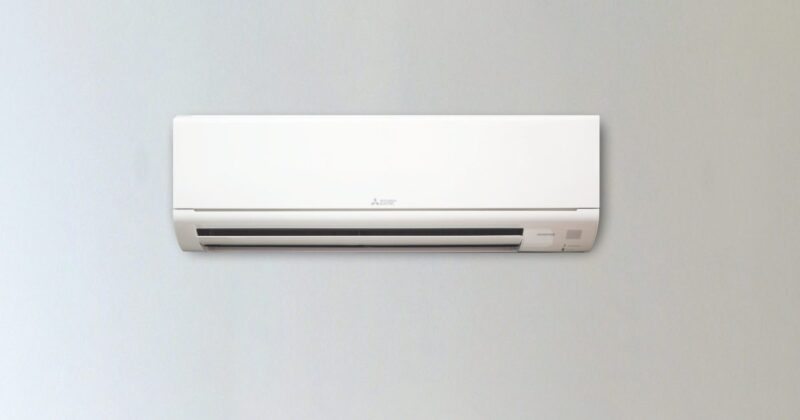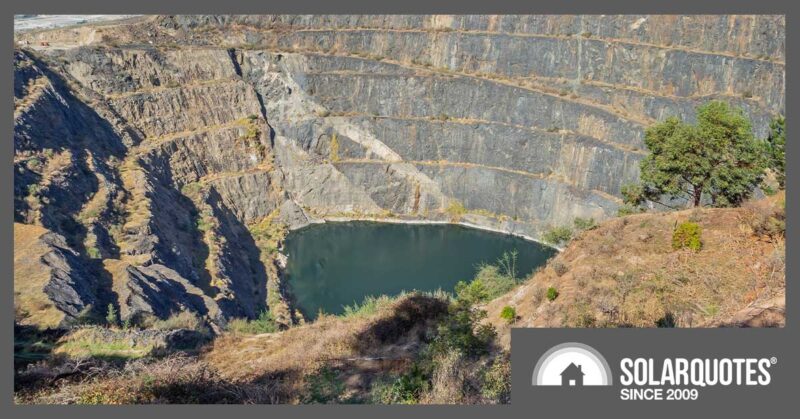AER Points to Solar PV as a Factor in Electricity Price Hikes
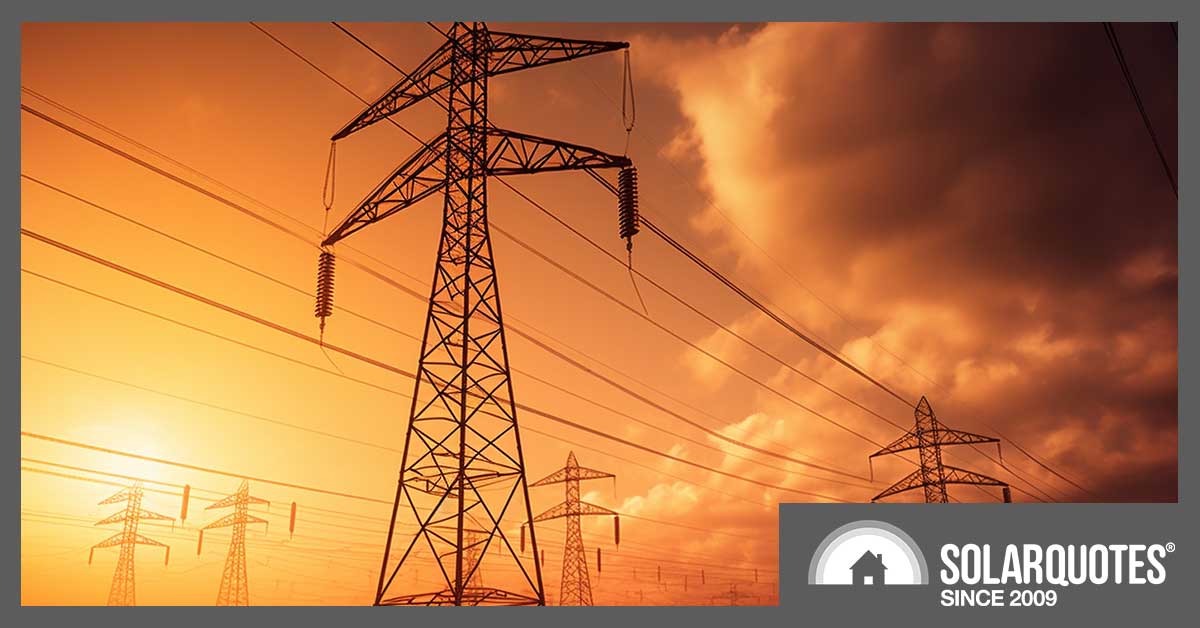
Electricity prices in Queensland, NSW and South Australia will rise by as much as 23.9% in July, with the Australian Energy Regulator publishing its final Default Market Offer (DMO) determination for 2023-2024.
Regional Variation in Electricity Price Rises
How much of a rise you can expect depends on your distributor: in NSW, Ausgrid’s price will rise by 20.8%, Endeavour by 21.4% and Essential Energy by 20.8%; in south-east Queensland, Energex customers will see a 21.5% rise; and in South Australia, SAPN’s price will rise by 23.9%.
Impact on Default Market Offer Customers
The rise will affect around 600,000 customers who are on the DMO.
Insights from Australian Energy Regulator’s Release
In its media release, the AER said:
“The final DMO determination prices vary slightly from the draft announced in March, higher in some regions and lower in others, with wholesale energy costs continuing to be the predominant driver of increased retail electricity prices.”
The regulator said the prices in the determination “vary slightly” from the draft announced in March: up in some regions and down in others. It attributed the price rises predominantly to wholesale energy costs.
Further Adjustments and Considerations in Pricing
After the March draft, the AER said, it has factored in “updated wholesale, network, environmental schemes and retail costs”, as well as inflation forecasts.
It also reduced the retail allowance in NSW.
Regulator’s Approach and Consumer Protection
AER chair Clare Savage said: “In setting the DMO price this year we have sought to protect consumers from unjustifiably high prices and at the same time allow retailers to offer consumers better deals than their standard plans.
“No one wants to see rising prices, and we recognise this is a difficult time, that’s why it’s important for consumers to shop around for a better deal by using the free and independent bill comparison website www.energymadeeasy.gov.au and to check rebate and concession eligibility.”
The AER’s final determination can be downloaded here.
Factors Behind Rising Wholesale Contract Prices
The regulator said rising wholesale contract prices are rising partly because organisations signed expensive contracts before the government announced its intention to intervene in coal and gas prices.
The unreliability of old coal-fired generators created an expectation of wholesale price rises, the AER said, as did the closure of the Liddell Power Station in NSW in April.
Role of Solar PV in Electricity Price Changes
Solar PV also contributed to the price rises:
“Peakiness in the NSLP [net system load profile] is driven by the continued uptake of PV solar systems”, as well as grid PV, leading to spot prices falling below base contract prices in the middle of the day.
“This may require retailers to purchase cap contracts to cover high demand peak periods, which are much more expensive,” the determination said.
The AER said it will include the impact of solar PV on load profiles in future DMO decisions and will seek stakeholder input in the DMO 6 issues paper.
Impact of Extreme Weather and Isolation on SA’s Prices
November 2022’s extreme weather in South Australia (which led to rooftop PV shutdowns) impacted wholesale prices in that state.
The AER explained that SA’s isolation from the national market required extra spending on ancillary frequency control services, adding $1.63 per megawatt-hour to SA wholesale costs.
Victorian Customers to Face Significant Increase
Victorian customers will also take a 25% hit, with the Essential Services Commission releasing its default offer on Thursday. That increase represents around $352 annually for residential customers and $752 annually for small business customers.
Original Source: https://www.solarquotes.com.au/blog/solar-electricity-price-hikes/

